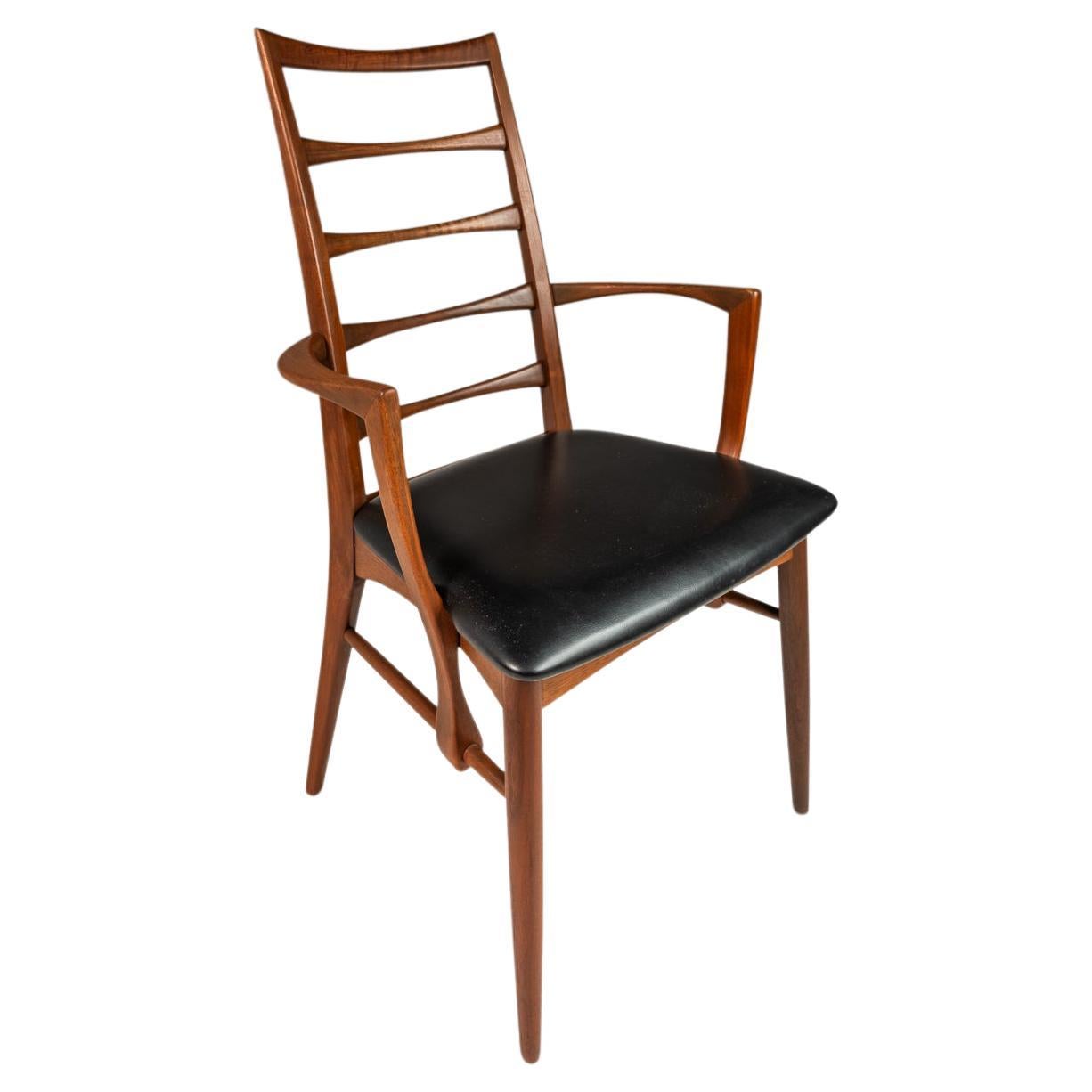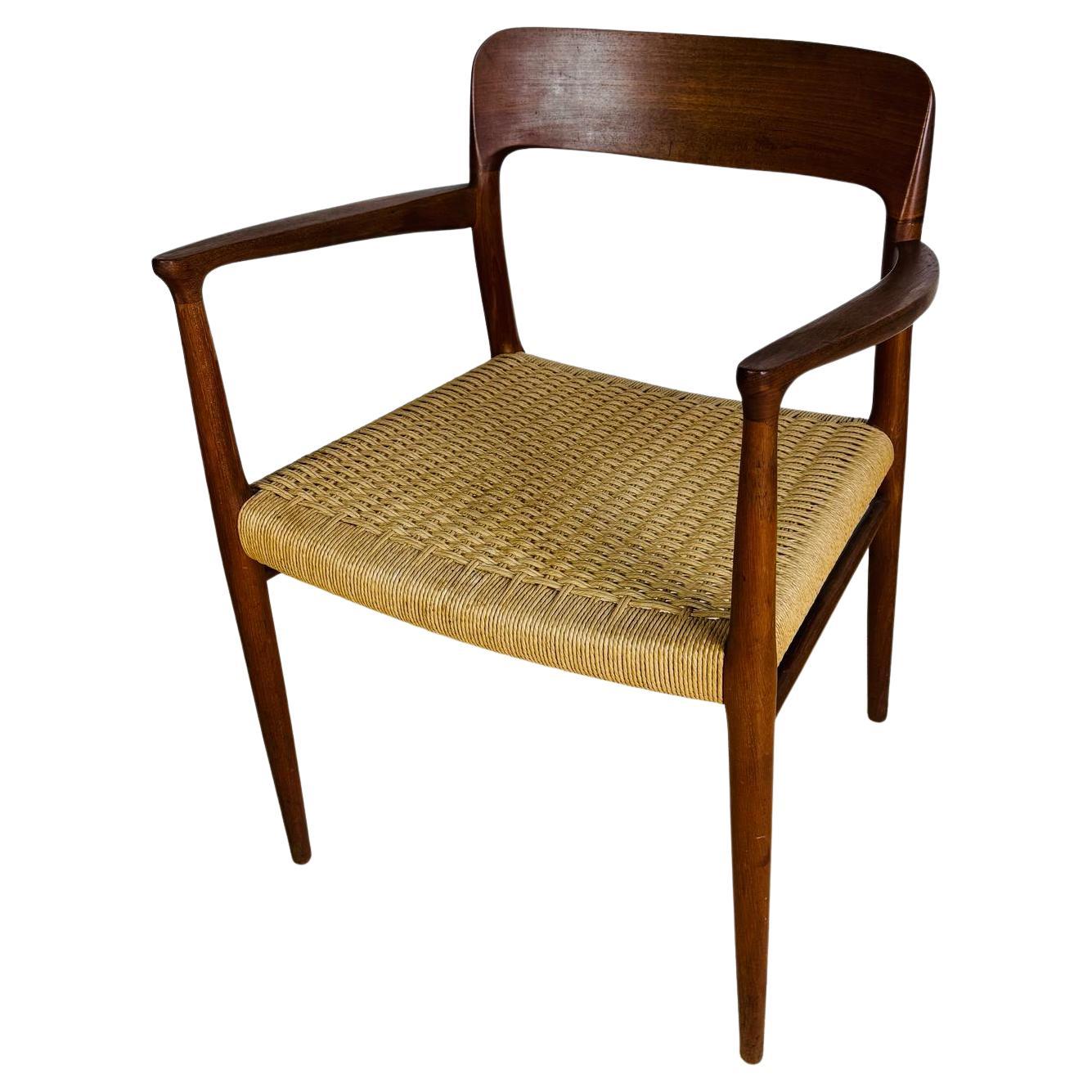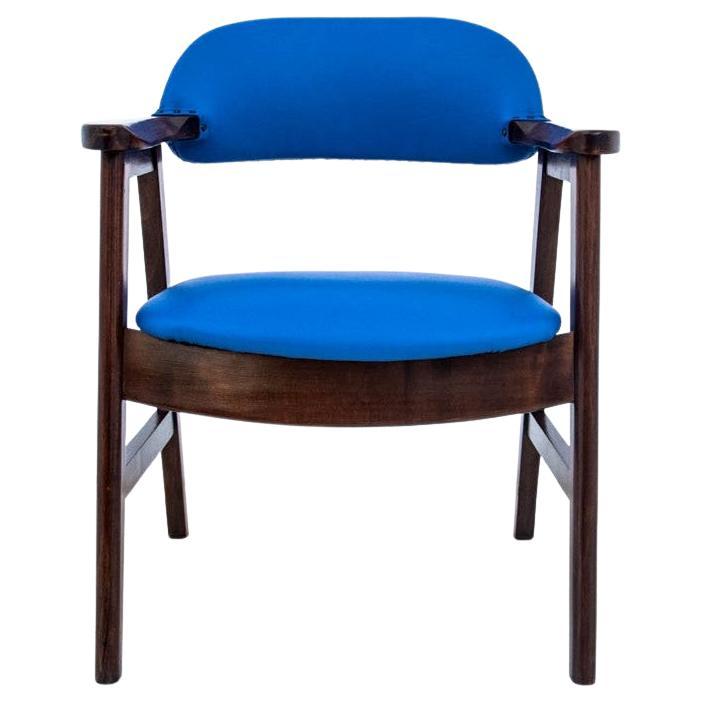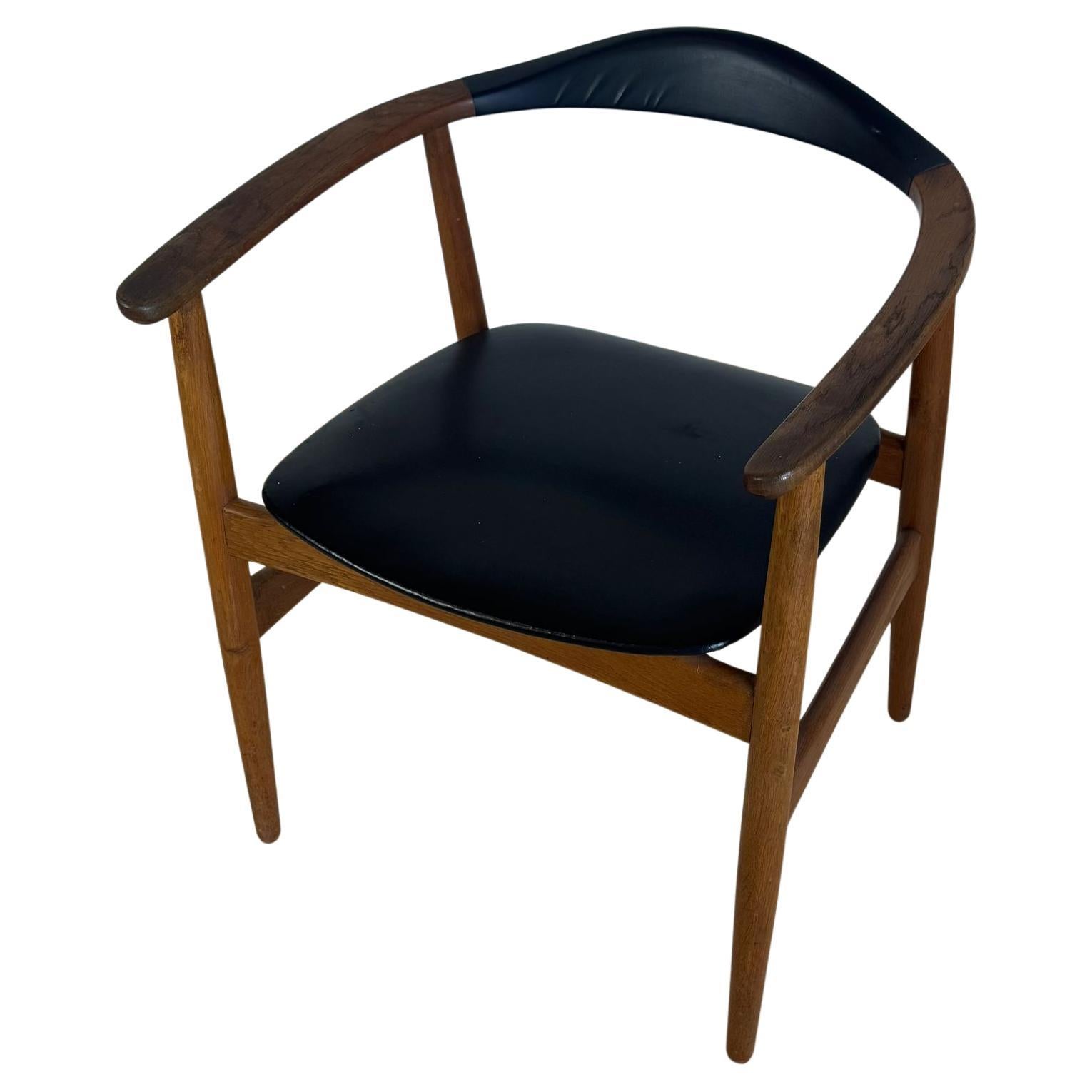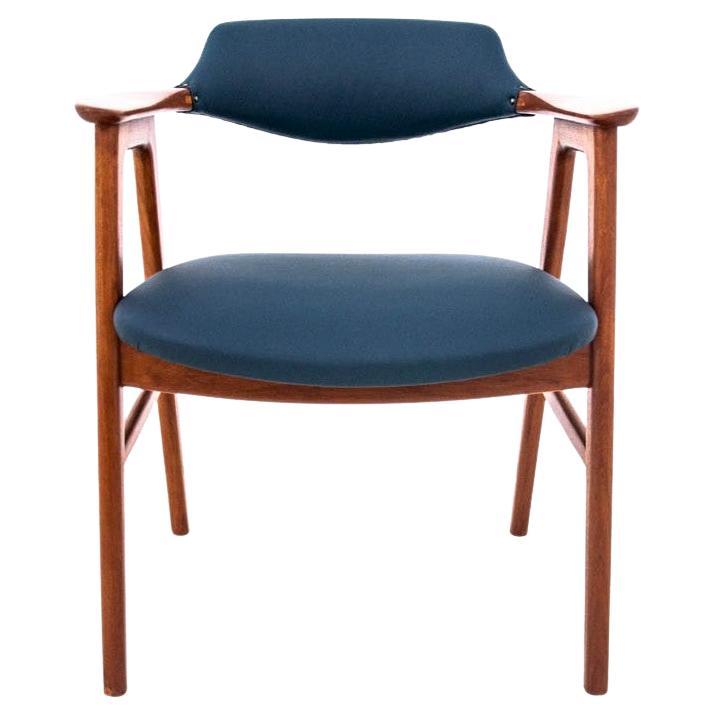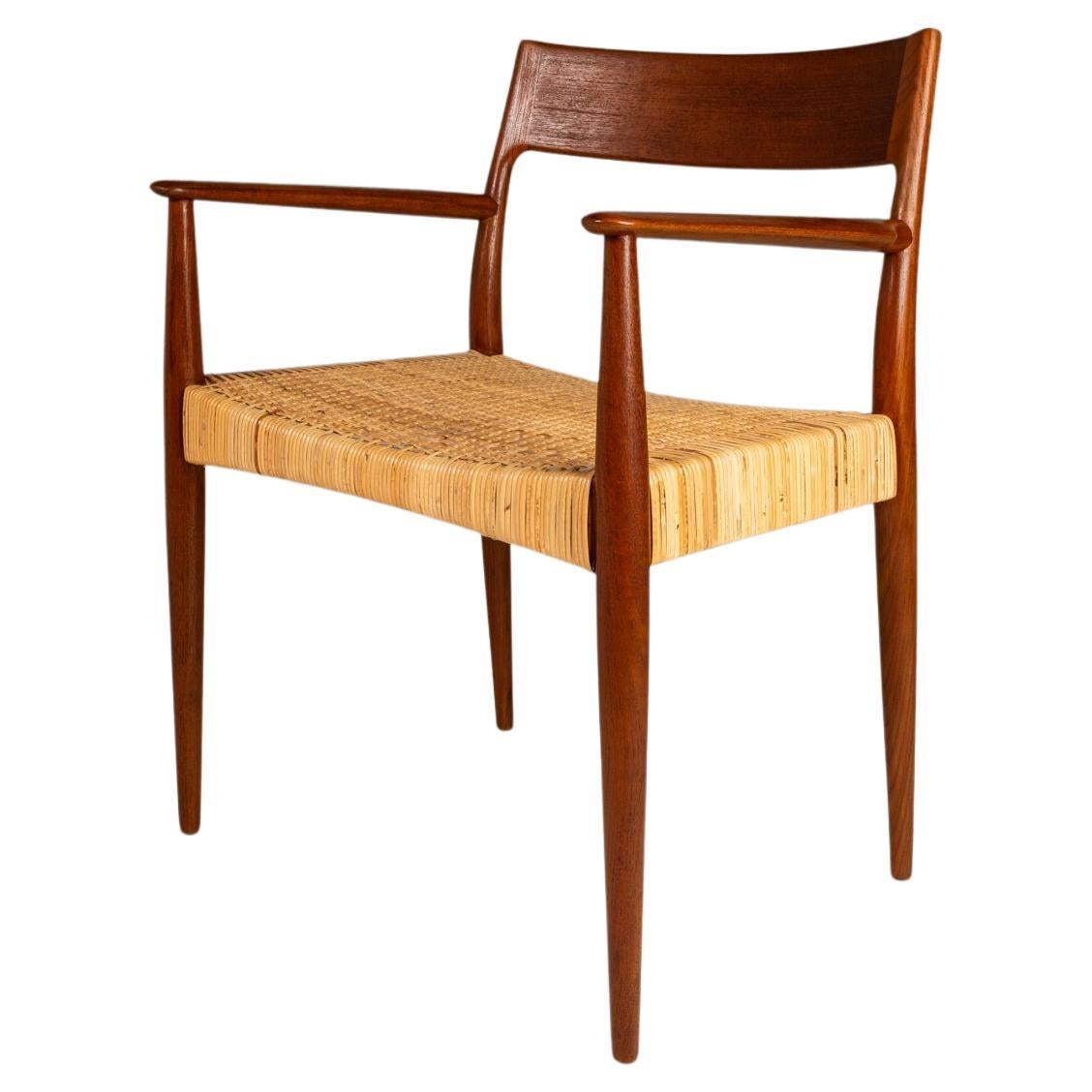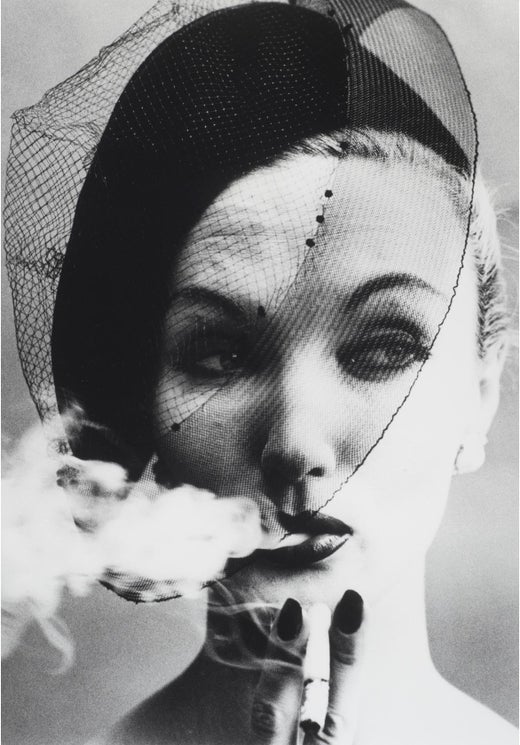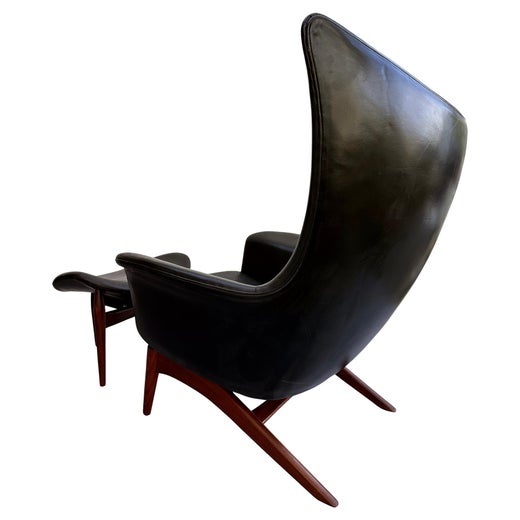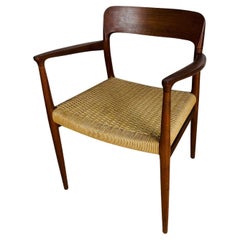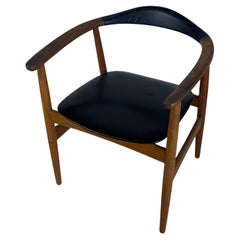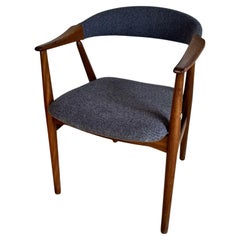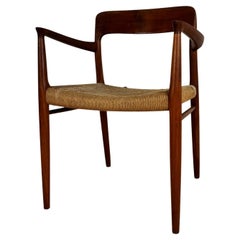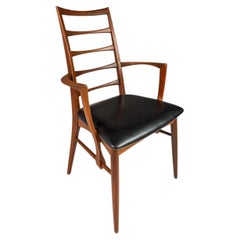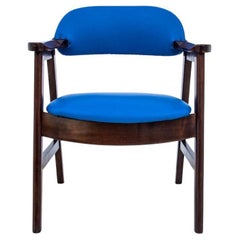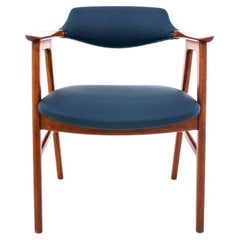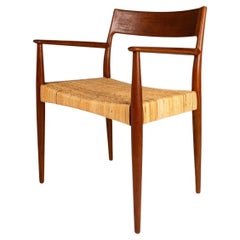H. W. Klein for Bramin, armchair, Denmark, 1960s.
About the Item
- Creator:William Klein (Designer),Bramin Mobler (Manufacturer)
- Dimensions:Height: 29.53 in (75 cm)Width: 22.84 in (58 cm)Depth: 17.72 in (45 cm)Seat Height: 17.72 in (45 cm)
- Style:Mid-Century Modern (Of the Period)
- Materials and Techniques:
- Place of Origin:
- Period:
- Date of Manufacture:1960
- Condition:Wear consistent with age and use.
- Seller Location:Torino, IT
- Reference Number:1stDibs: LU9853244977552
William Klein
American photographer William Klein continually channeled the zeitgeist through his oeuvre, imbuing his photography with startling honesty and empathy, as well as his own particular brand of abstraction. The portraits, scenes and scenarios resemble windows into a world where reality has begun to warp, sometimes dreamily, other times more emphatically, so that snapshot moments are strangely portentous or full of possibility.
Klein was best known for his early fashion shots and arresting street photography, capturing, with candor and humanity, life in cities around the world, including Rome, Moscow, Tokyo and Paris. His gritty and grainy images of 1950s New York are widely considered his most powerful, documenting the underbelly of a growing metropolis, with his focus set on the energy and multidimensional nature of postwar culture. In his 1955 image Selwyn Theatre, 42nd Street, New York, for example, Klein contrasted the gleaming silhouette of a car with the faded-out forms of a group of young men about town, creating strong graphic patterns that suggest a sense of abandon and opportunity.
Klein’s aesthetic, however, is not easy to summarize, since he demonstrated an eager embrace of experimentation through the decades. Early street shots are often out of focus and taken at unexpected angles, while his 1960s fashion shots and celebrity portraits for Vogue’s American, French and British editions are sleek and subtly Surrealist, pioneering a new style that put the spotlight on the beauty of the composition rather than the allure of the clothes, as seen in Smoke and Veil (1956) and his 1961 portrait of Anouk Aimée for Paris Vogue.
In addition to photography, Klein explored painting, filmmaking, graphic design and publishing, adopting a polymathic attitude to the arts. Klein began his career as a painter under the tutelage of French abstractionist Fernand Léger, having moved to Paris in 1948. The experience opened his mind to the possibilities of manipulated form, specifically the illusionary effects achieved through the playful arrangement of light and shadow.
A commission from 1952 was instrumental in his side step into photography. Having created a painted room divider for an architect, Klein took photographs of the rotating piece. His delight in the fragmented shapes created by the movement prompted him to make thousands of abstract photograms by applying shifting geometrical forms on photographic paper during long exposures.
Indeed, the unorthodox mixture of disorder and imperfection, along with beauty and energy, remained a constant in his work, as evidenced by such unconventionally arresting images as Candy Store, Amsterdam Avenue, New York (1955), Independence Day Parade, Dakar (1963) and Black Venus West Indian Day Parade, Brooklyn, New York (2013). Among Klein’s most famous celluloid achievements is his 1964 documentary Cassius the Great, dedicated to a young Muhammad Ali in the run up to his fight with Sonny Liston.
In fact, many of Klein’s photographs and films have a strong sociopolitical dimension, although they were not intended as acts of propaganda. Instead, they raised awareness about conditions of flux, antagonism, hope and change, especially among African American and minority communities as they navigated times of change. This is exemplified by vibrant shots like Easter Sunday, Harlem High Hat, New York and Moves and Pepsi, Harlem, both featured in the self-designed and self-published seminal tome New York: 1954.55.
Find authentic William Klein photography on 1stDibs.
Bramin Mobler
Bramin Møbler manufactured covetable Scandinavian modern furniture from the mid-1950s until the early 1980s.
Originally founded as N.A. Jørgensen Møbelfabrik in Bramming, Denmark, the company rebranded as Bramin Møbler in the late 1950s. During the 1960s, Bramin Møbler’s offerings retained the simplicity and warmth commonly associated with Scandinavian cabinetmaking traditions and the N.A. Jørgensen Møbelfabrik name but its collaborations with forward-thinking designers helped steer it toward adopting the Danish modern style that had captivated new homeowners in the United States during the postwar years.
Bramin Møbler prioritized quality, form and function — attributes that were promoted by the firm in its print ad campaigns. Its credenzas, dining tables and sideboards were made from strong, rich woods like oak, rosewood and teak (a highly prized material in the mid-century modern era), while its artisans upholstered the company’s durable seating with inviting materials such as wool and leather.
Bramin Møbler collaborated with many legends of Scandinavian and Nordic design, including Johannes Andersen, Hans Olsen, Kurt Østervig and Frank Reenskaug. Its most successful partnership was with Norwegian furniture designer H. W. Klein, who studied under Finn Juhl — a stylistic maverick and master of mid-century Danish design — and moved to Bramming to work for Bramin Møbler.
Over the course of two decades, Klein created elegant coffee tables and cabinets for Bramin Møbler that featured clean lines and gracefully tapered legs, but he is best known for his lounge chairs — most notably, his leather-padded swivel lounger, with its five-spoked, wheeled base.
The global recession of the 1980s hit Bramming hard. Many of the region’s numerous furniture manufacturers had to close their doors — Bramin Møbler included. Bramin Møbler creations remain highly sought after by collectors and enthusiasts of Scandinavian and mid-century modern furniture.
Find vintage Frank Reenskaug rocking chairs and other Bramin Møbler furniture such as tables, storage pieces and more for sale on 1stDibs.
- ShippingRetrieving quote...Shipping from: Torino, Italy
- Return Policy
More From This Seller
View AllVintage 1950s Danish Mid-Century Modern Chairs
Papercord, Teak
Vintage 1960s Danish Mid-Century Modern Office Chairs and Desk Chairs
Teak
Vintage 1960s Danish Mid-Century Modern Chairs
Wool, Teak
Vintage 1950s Danish Mid-Century Modern Chairs
Papercord, Teak
Vintage 1960s Danish Mid-Century Modern Armchairs
Fabric, Teak
Vintage 1960s Danish Mid-Century Modern Armchairs
Teak
You May Also Like
Vintage 1960s Danish Mid-Century Modern Dining Room Chairs
Walnut
Vintage 1960s Danish Scandinavian Modern Office Chairs and Desk Chairs
Leather, Teak
Vintage 1960s Danish Mid-Century Modern Armchairs
Leather, Teak
Vintage 1950s Danish Mid-Century Modern Chairs
Teak
Vintage 1960s Danish Mid-Century Modern Armchairs
Beech
Vintage 1950s Danish Mid-Century Modern Armchairs
Beech
